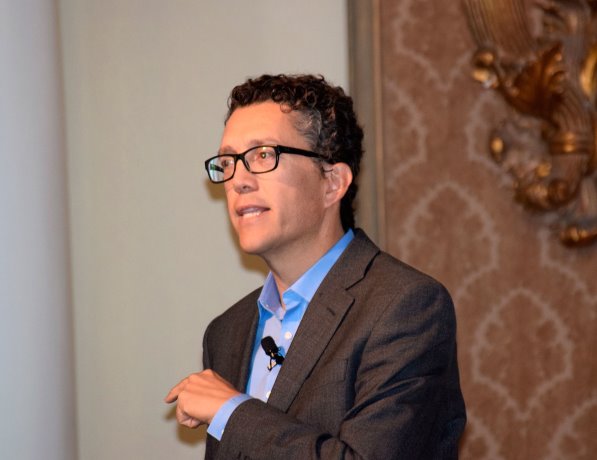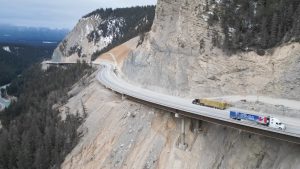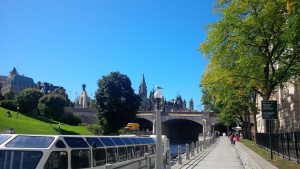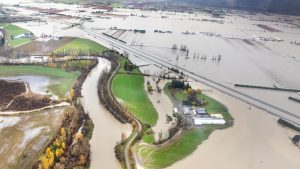The key to infrastructure comes down to asking one simple question: why?
"It’s not about what is infrastructure, but why infrastructure," said Antonio Gomez-Palacio, founding partner of DIALOG and formerly of the Office for Urbanism, who spoke about transforming cities at CanaData 2016 held Sept. 22 in Toronto.
"Infrastructure has become one of the key ideas… a lot of how we go about even talking about cities, how we go about talking about provincial budgets, how we go about creating projects for what we do as a society seems to be very tied to the idea of how we go about understanding infrastructure."
Cities, urbanism and people provided the foundation to his presentation.
"What does infrastructure mean, what can it mean for us and how do we start to reimagine and think about the whole idea of infrastructure," said Gomez-Palacio.
"We need to be asking why it is that we do things. This sounds like a straightforward question but in fact, it can be very complex. We need to go up to our political and community leaders, go up to the people who are investing in infrastructure and really ask why it is that we’re doing this. I would argue that if we can really answer the question why, then we can make a connection between the objective that we’re trying to achieve and the actual value that we’re trying to generate. If we do tie those things together then we will have a return on investment." Cities are representative of how society chooses to relate to each other, suggested Gomez-Palacio.
"If we build a gated community, this is a physical manifestation of how we choose to relate to each other," he explained. "If we build a city with a robust public realm, where we can all engage and relate to each other, it’s because this is the choice that we make."
Urbanism is about looking at the world from a different point of view, added Gomez-Palacio.
"Urban planning, city building, all of these things are really about starting outside, looking at it and imagining how it could be different and trying to build a road map of how we get there," he said.
Building infrastructure around people is key to building thriving, efficient cities, he said.
"People are both the means and the purpose of all city building," said Gomez-Palacio. "If there’s nobody around — no matter how well-designed it is — it probably isn’t working. Those places that are successful, it didn’t take one individual to do it, it took the tenacity and rigour and involvement of a very large group of people."
He referred to the challenges that people are facing as the "can of worms."
"Every individual, every family, every community, every city, every generation faces a series of challenges," Gomez-Palacio stated. "The question for us is what are the challenges we face and what challenges do we choose to embrace. Every one of us chooses to embrace the challenges differently."
There are things that, as a world, as a society, we are facing, said Gomez-Palacio, citing global warming and technology as examples. He noted that while a decade ago the top 10 causes of death were infectious disease, today the top 10 causes of death are lifestyle related.
"Are we proud of it or are we choosing to do something about it is what changes the whole conversation," said Gomez-Palacio. "Changes in technology are starting to come at us faster than anything else and we need to understand is this an opportunity or is this a challenge?"
He pointed out that when cars came on the scene, cities were redesigned to accommodate the new technology.
"We are at risk today of doing the exact same thing — redesigning our cities to accommodate driverless cars," Gomez-Palacio stated. "We need to have a vision of what it is we’re trying to do and then use technology to do it accordingly."
He said we need to start asking ourselves how to embrace some of the challenges and start doing something about it.
"When you start to read between the lines, we actually get some of the core values and the can of worms, the challenges people are facing. That’s when the conversation gets really interesting. That’s when we can start to talk about what really matters. Different things matter to different people."
In order to find out what matters and what people need, there needs to be a conversation and questions need to be asked.
Infrastructure is more than roads and bridges, he explained, adding it’s everything that makes a society work. It could be a whole host of things — universities, water or the downtown revitalization. He argued there is a connection between how we build communities and community well-being.











Recent Comments
comments for this post are closed